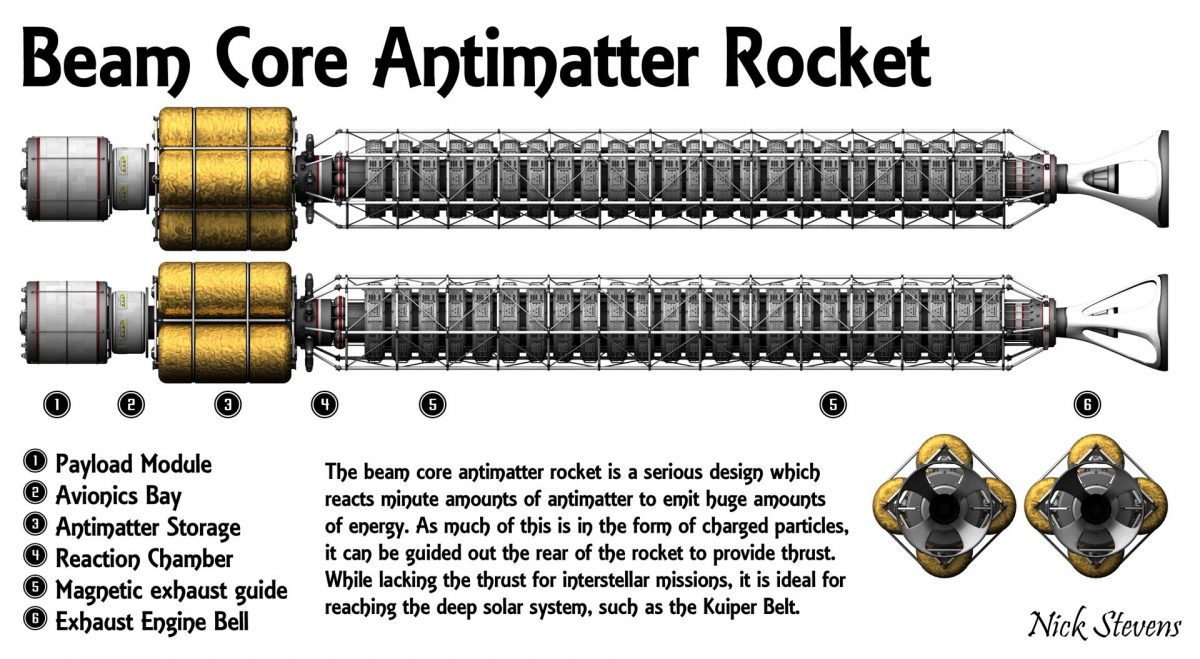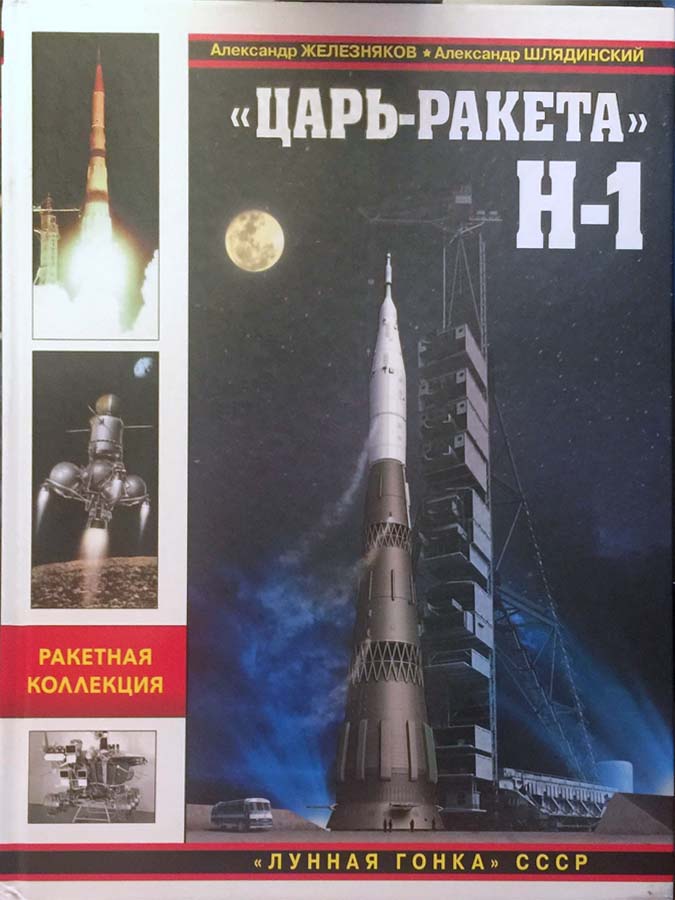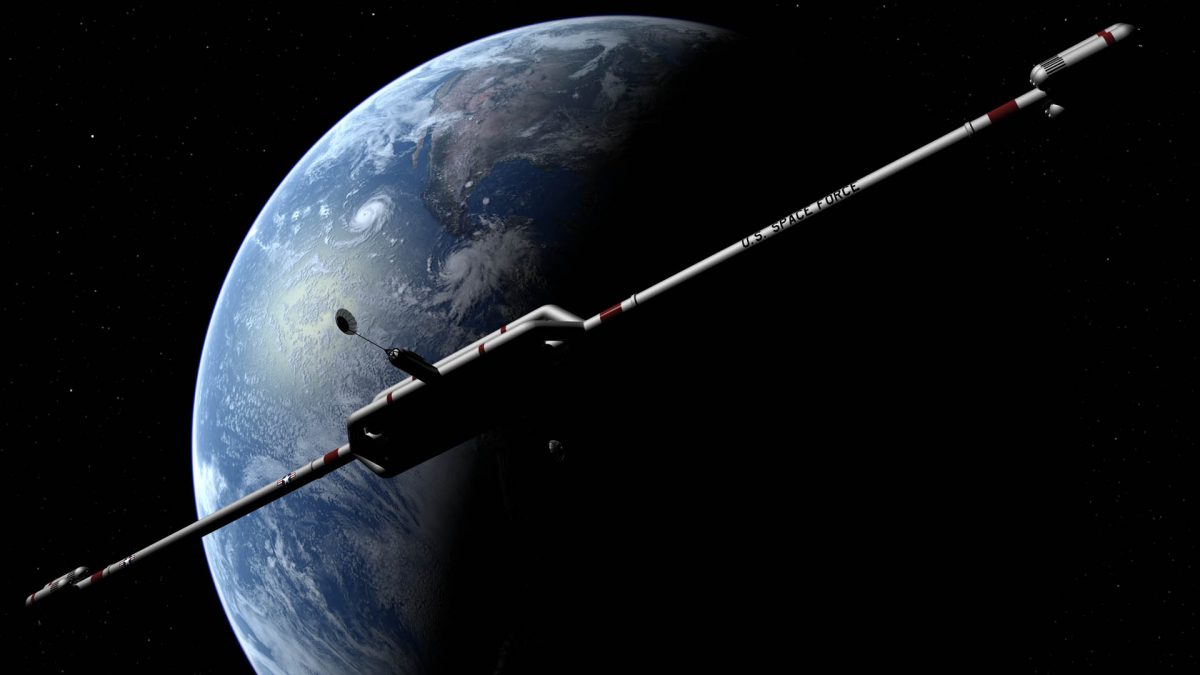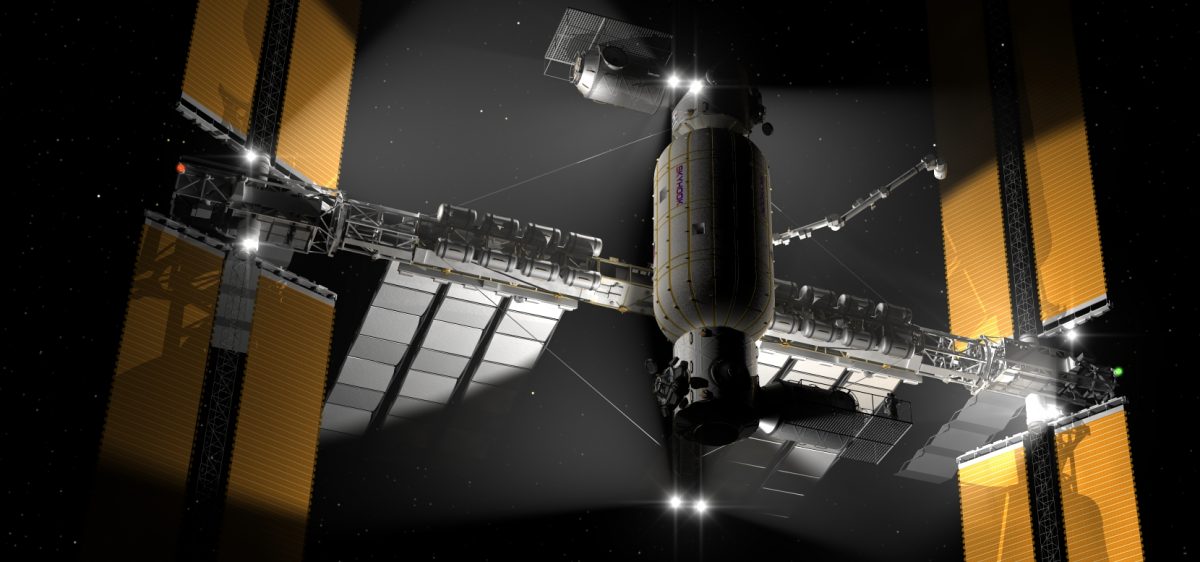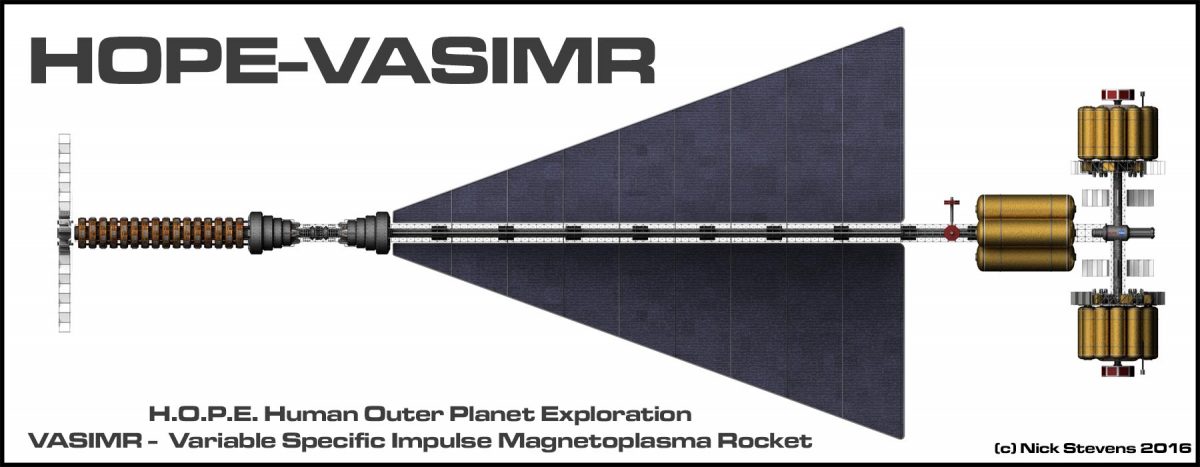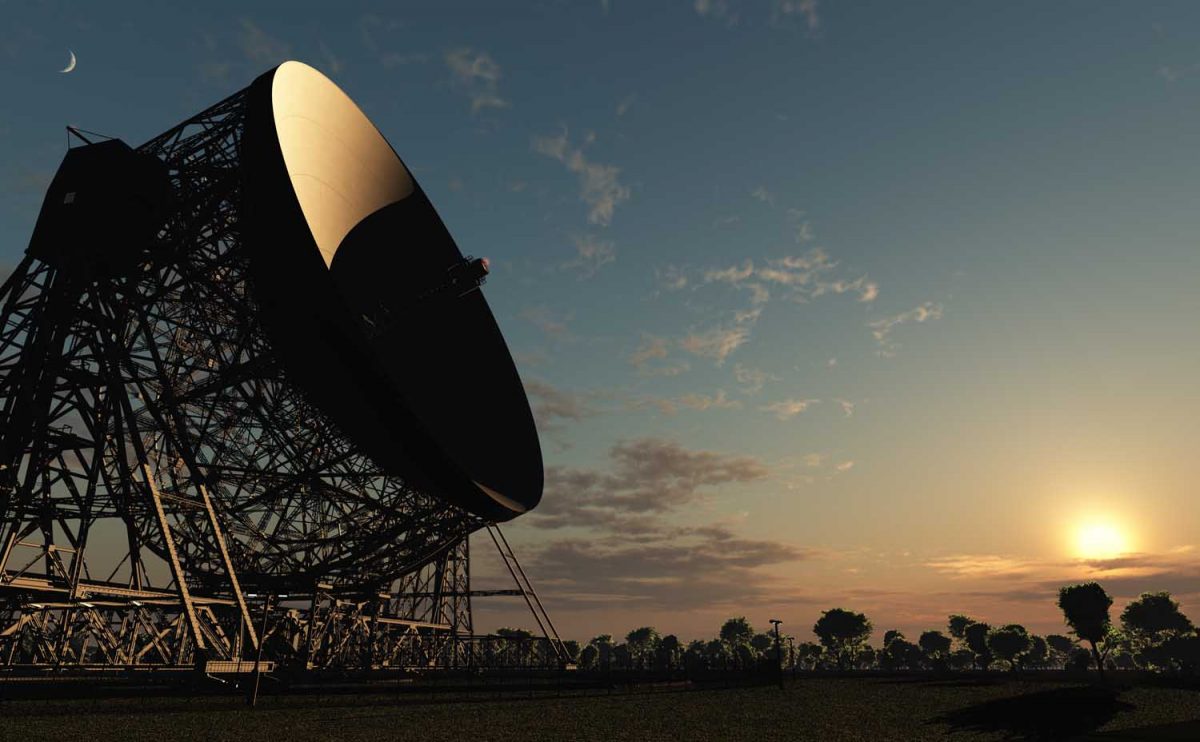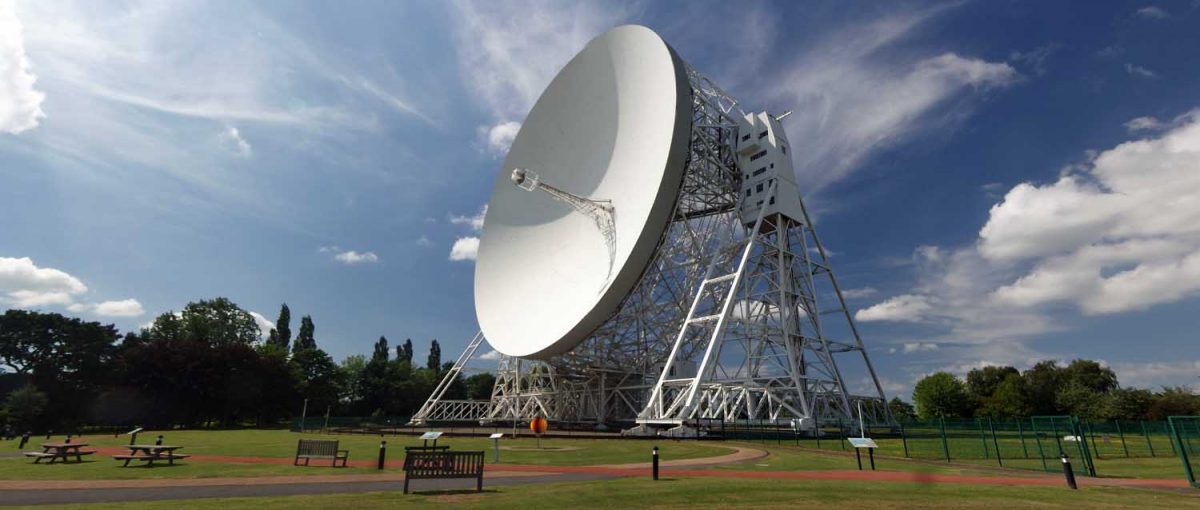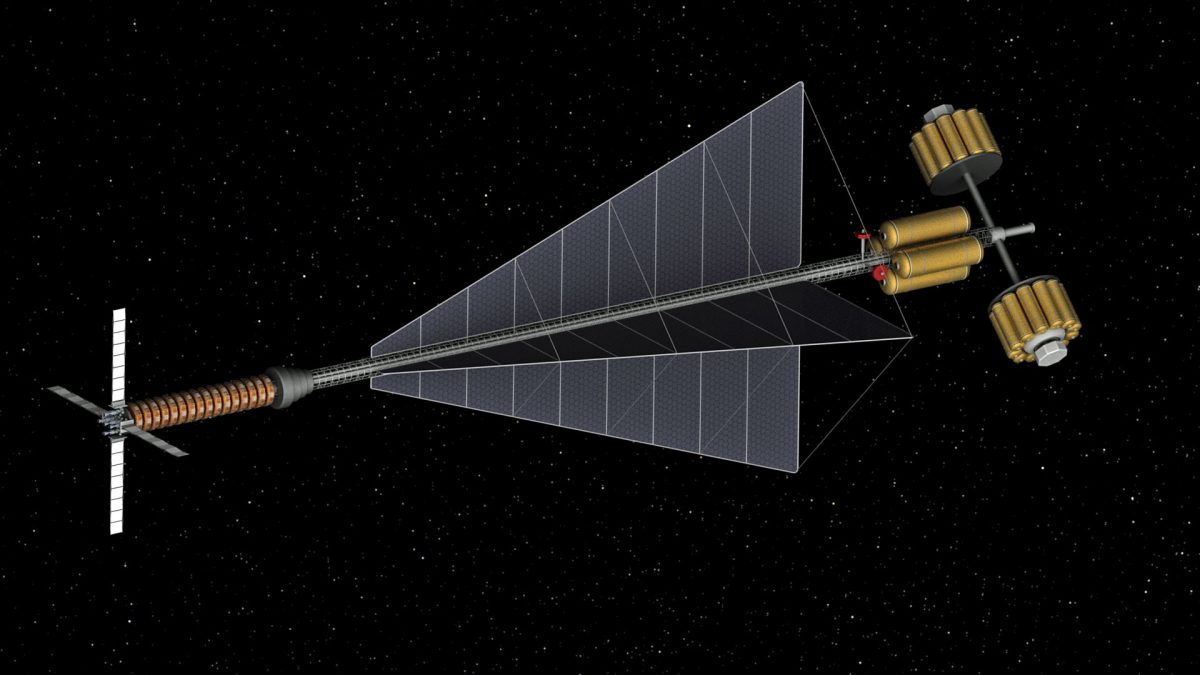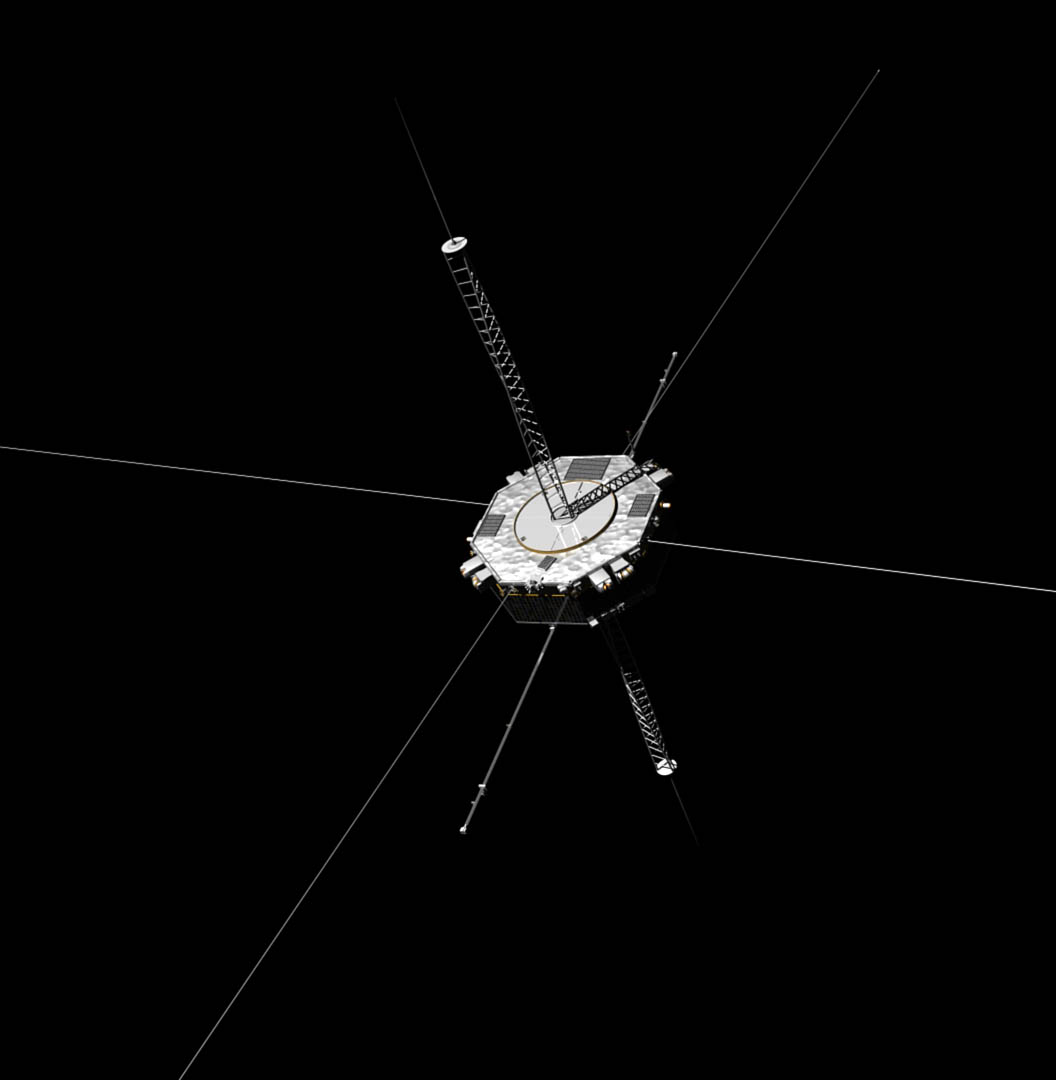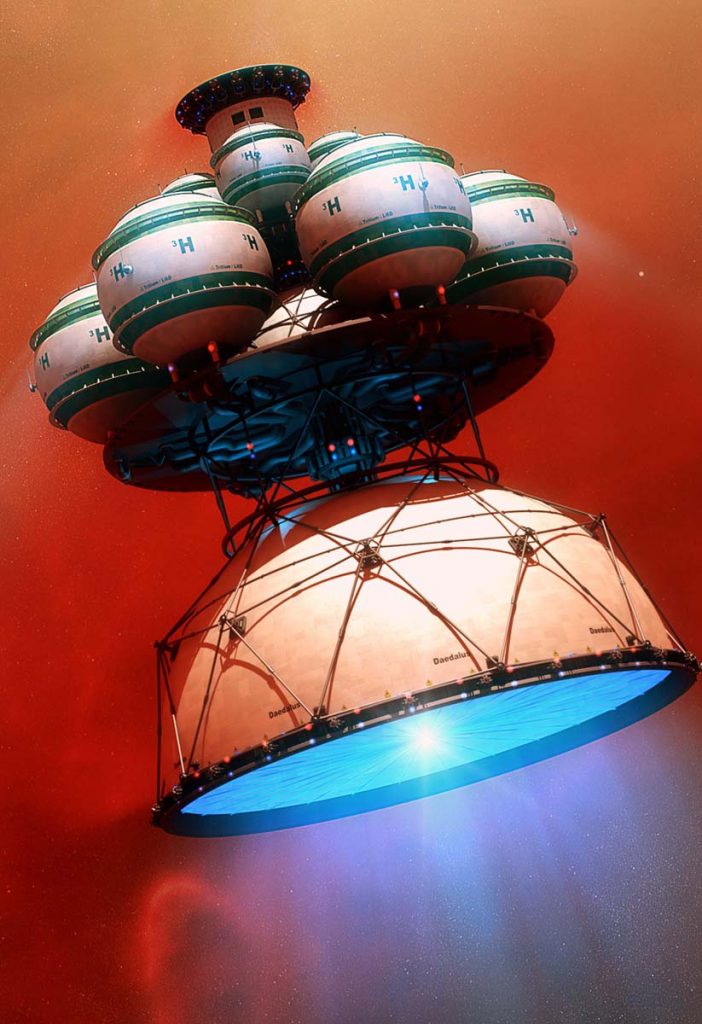I sometimes get into discussions about if a spacecraft design is realistic. These are frequently interesting, but it’s not straightforward. For example, there are serious designs from the early days of spaceflight which we now know could not work. Manned craft without heavy radiation shielding are a common example of this.
On the other hand, you have some fictional craft carefully designed to be as realistic as possible – the vehicles in “2001 a Space Odyssey” are a great example.
So how to handle it when some fictional craft are more credible than serious designs? here’s my attempt at a system, from the most realistic to the least. Comments and additions are very welcome.
1. Real space hardware that actually flew successfully.
Clearly you can’t get more realistic than this!
Example: Saturn V rocket

Continue reading “An objective system for how realistic / credible a spacecraft is…”

